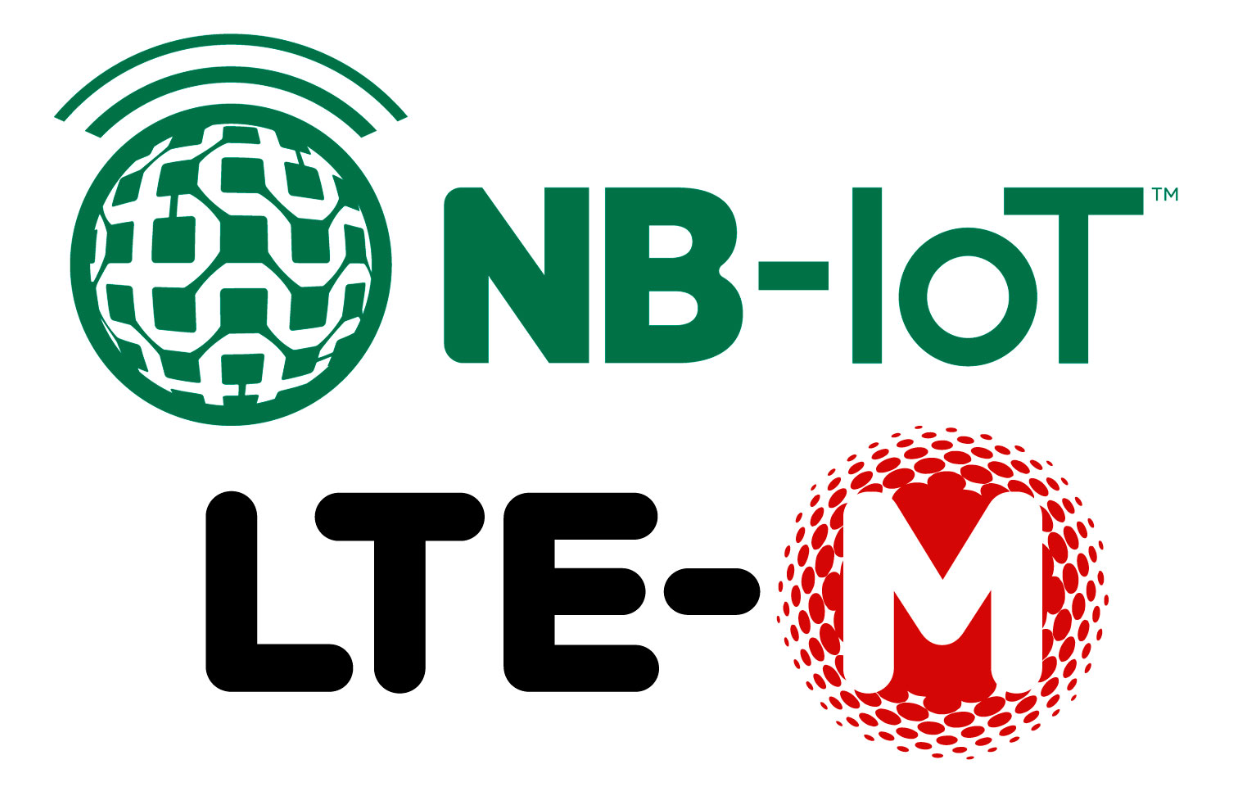
LPWAN cellular networks consist of three technologies distinct connectivity solutions dedicated to the IoT. They differ from other LPWAN ecosystems (Lora, Sigfox …) in that they rely on the existing antenna network (2G, 3G, 4G, 5G).
The set of these standards coexist to date because they apply to relatively different use cases.
However, they serve the same purpose: a cellular connection for battery-powered terminals. This is possible through two features with which they are all equipped:
- The Power Saving Mode (PSM)
- The Extended Discontinuous Reception (eDRX)
These two technologies allow connected objects to be put on standby rather than maintaining a continuous connection.
In this article we will first define each of these standards by highlighting the differences between these three systems: LTE-M vs Nb-IoT vs Ec-GSM-IoT.
LTE-M
It is the protocol with the highest uplink data rate of the three technologies (1 Mbit/s vs. 63 kbit/s for NB-Iot and 474 Kbit/s for EC-GSM-IoT).
It also offers the lowest latency. As an extension of the 4G antenna network, it allows terminals to operate in France and abroad.
Among the significant strengths of LTE-M :
- The handover (the connection is maintained without interruptions between the antennas, essential for mobile terminals such as vehicle tracking)
- Voice and SMS transmission, critical features for life safety applications (construction sites, mining operations, elevator emergency calls)
- Extended Coverage (EC) which aims to improve the reception of buried or indoor objects (behind thick concrete walls, parking lots, elevators)
LTE-M is needed for all applications where latency or flow are critical : Animal tracking, vehicle tracking, medical devices, smoke or gas detectors, industry 4.0. “5G ready”, it allows you to equip your park with connected objects without having to fear rapid obsolescence.
One of the limitations of LTE-M could be its power consumption under harsh transmission conditions.
If it is less greedy than NB-IoT in good conditions, it is the opposite in extreme conditions. Also be careful that LTE-M is available in your country, it is not the case, so far, in part of Eastern Europe, China or India.
Nb-IoT
It could be considered as a solution halfway between the LPWAN (Sigfox, Lora) and the LTE-M. With a much higher latency than LTE-M (several seconds versus 10 ms), NB-IoT does not allow for real-time monitoring.
It was designed for fixed sensors : agricultural sensors, meters, lighting, smart home.
In all these uses, the flows are limited and the terminals are not intended to be moved permanently, unlike a vehicle for example.
Among the strengths of the NB-IoT :
- Is the least expensive/strong> of the three technologies. In fact, The NB-IoT does not require a gateway, eliminating a hardware layer in your installation.
- As we have seen above, it is the standard least greedy in electricity when a continuous transmission is required.
- It is available inmost countries of the world (with a few exceptions like Mexico).
The NB-IoT carries only the data, neither voice nor SMS. It does not support handover or roaming. It is therefore not a technology suitable for mobile terminals.
On the other hand, it is also “5G ready” and has been designed to cope with the increasing exponential of fixed sensors (smart city, agriculture, industry …) in the coming years.
EC-GSM-IoT
Less known than the two previous technologies, the EC-GSM-IoT is deployable on the existing GSM network (2G/3G/4G) with a simple software update. The GSM network is the only network to cover 90% of the planet, including in remote areas, at sea or in conflict zones.
It is therefore mainly used in developing countries where the telecommunication infrastructures are still under-equipped (Africa, Middle East, South-East Asia) or in some areas poorly equipped with 4G, Lora or Sigfox antennas, i.e., without alternatives.
Latencys side , it is located between theLTE-M and the NB-IoT, with figures around one second (700ms, 2 seconds). It also presents intermediate rates between 474 Kbit/s and 2 Mbit/s.
The EC-GSM-IoT allows, contrary to NB-IoT, to transport SMS, but not voice calls.
Note that it offers a number of security, problems on the network 2G, lowering the risks at the network level 3G or 4G existants.
The network EC-GSM-IoT is therefore an interesting connectivity when the 2G network still needs to be maintained for many years and the 4G network is insufficient.



Conclusion
While usage obviously determines which technology is the most appropriate, the geographic location of the terminal and the network availability are just as important.
In addition, LTE-M, NB-IoT or EC-GSM-IoT each have different functionalities: refer to the comparative table opposite for more details.
We invite you to consult the connectivity map established by the GSMA.
And also to read’ the full article of our partner Matooma.
LTE-M | NB-IoT | EC-GSM-IoT | |
| Transmission rate | ↑ 1 Mbit/s ↓ 1 Mbit/s | ↑ 63 Kbit/s ↓ 27 Kbit/s | ↑ 474 Kbit/s ↓ 2 Mbit/s |
| Latency | 10ms – 4s | 1.4s – 10s | 700ms – 2s |
| Mobility | via handover | limited | via handover |
| Voice | via VoLTE | no | no |
| SMS | yes | no | yes |
| Data | yes | yes | yes |
| Autonomy | PSM + eDRX | PSM + eDRX | PSM + eDRX |
| Use case | Temperature sensor of a refrigerated truck in Europe. | Presence sensor of an underground parking in a city. | Farm moisture sensor in Africa. |







 Mobile application
Mobile application












